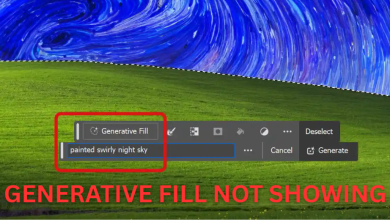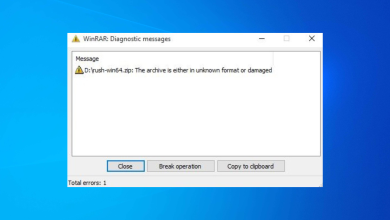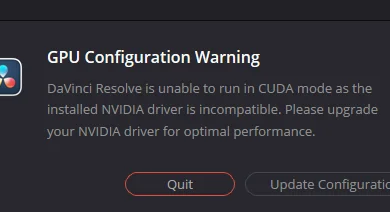How to Disable or Remove Microsoft Copilot in Windows?
Microsoft Copilot is an AI-powered assistant integrated into Windows, Microsoft 365 apps, and Microsoft Edge. While it aims to enhance productivity, many users consider its constant visibility distracting or unnecessary. If you’re seeking a cleaner interface or want to reduce background activity, disabling or removing Copilot can help conserve system resources and improve overall focus.

The following guide offers detailed steps to hide, disable, or uninstall Copilot across Windows, Edge, and Microsoft 365. Whether you want to remove the icon, delete the app, or block its system integration, each solution is explained clearly to help you regain control over your system.
1. Hide Copilot Icon from Taskbar
Copilot appears by default as a taskbar icon in Windows 11 for quick access. This method hides the icon but doesn’t disable the feature entirely — you can still open it using the Win + C shortcut. If you’re planning to uninstall Copilot through PowerShell, you may skip this step.
- Click the Start Menu.

- Search for “Settings” and open it.

- Under the “Personalization” section, select “Taskbar”.

- Toggle off the Copilot (preview) option.
2. Uninstall Copilot from Windows Settings
Starting with Windows 11 version 24H2, Copilot is available as a standalone app that can be removed via system settings. Note that this uninstalls only the app interface, not all its supporting system components.
- Click the Start Menu and open Settings.

- Navigate to Apps > Installed apps.

- Type Copilot into the search bar.
- Click the three-dot menu next to Copilot and choose Uninstall.

3. Uninstall Copilot via PowerShell
This method removes Copilot for all users on the system and deletes its provisioned data. Ensure you have administrative privileges before proceeding. It’s also advised to create a system restore point for safety.
- Search for Windows PowerShell, right-click it, and select Run as Administrator.

- Execute the following command to uninstall Copilot for all current users:
Get-AppxPackage *Copilot* -AllUsers | Remove-AppxPackage -AllUsers

- To prevent Copilot from installing for new users, run:
Get-AppxProvisionedPackage -Online | Where-Object {$_.PackageName -like "*Copilot*"} | Remove-AppxProvisionedPackage -Online
- Restart your PC to apply changes.
4. Disable Copilot in Microsoft Edge
In Microsoft Edge, Copilot appears as a sidebar feature. This option hides the Copilot button from the toolbar, but doesn’t turn off Bing AI services accessible via the browser.
- Launch Microsoft Edge.
- Click the three-dot menu at the top-right corner.

- Select Settings.

- Go to Sidebar > Copilot and App Settings.

- Turn off “Show Copilot button on the toolbar”.

5. Limit Copilot in Microsoft Office
Copilot in Office 365 is powered by connected services. Disabling these services reduces AI-driven suggestions but doesn’t fully remove the feature. For enterprise setups, admins must enforce this change via policy management.
- Open any Office application, such as Word, Excel, or PowerPoint.

- Go to File > Options.

- Select General > Privacy Settings.

- Uncheck “Turn on optional connected experiences” and click OK.

- Restart the application to finalize the changes.
6. Disable Windows Copilot via Group Policy
This method fully blocks Copilot across the system and is only available on Windows 11 Pro, Enterprise, or Education editions. If you’re using Windows Home, the same policy can be applied using the Registry Editor.
- Search for “Edit Group Policy” and open it.

- Go to User Configuration > Administrative Templates > Windows Components > Windows Copilot.





